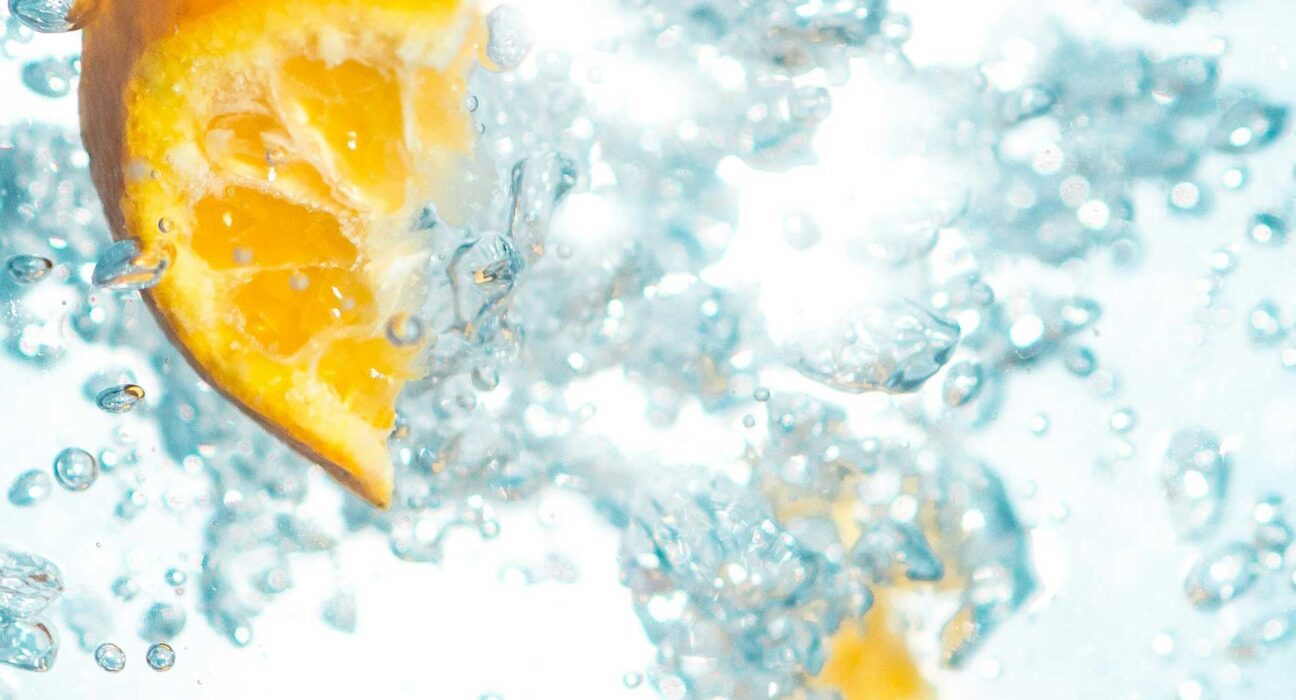Extreme Thirst. What is it?
Extreme thirst, medically known as polydipsia, has emerged as a notable symptom in individuals experiencing Long COVID. While much attention has been focused on respiratory symptoms and fatigue, the persistent sensation of intense thirst warrants further understanding to address its impact on affected individuals.
What is Extreme Thirst?
Extreme thirst, or polydipsia, is characterized by an excessive or unquenchable urge to drink fluids. In the context of Long COVID, it manifests as an ongoing sensation of dehydration despite adequate fluid intake. This symptom can significantly disrupt daily life and may be accompanied by other manifestations of dysautonomia, such as orthostatic intolerance or temperature dysregulation.
Who Experiences Extreme Thirst in Long COVID? Extreme thirst in Long COVID can affect individuals of any age or demographic who have experienced a COVID-19 infection. While research on the prevalence of polydipsia specifically in Long COVID is limited, it appears to be more common in individuals with prolonged or severe illness during the acute phase of COVID-19.
Typical Symptoms:
The symptoms of extreme thirst in Long COVID may include:
- Persistent urge to drink large quantities of fluids
- Dry mouth or throat
- Frequent urination
- Fatigue or weakness
- Difficulty concentrating or thinking clearly
In the persistent journey of Long COVID, extreme thirst becomes more than a sensation—it’s a metaphor for resilience, reminding us to quench not only our bodies but also our spirits as we navigate through uncertainty and healing.
Long Covid The Answers
Relief:
Ways to Get Relief
Managing extreme thirst in Long COVID involves addressing both the underlying cause and the symptoms themselves. While individual responses may vary, several strategies may help alleviate polydipsia and improve overall well-being:
- Hydration strategies: Maintaining adequate fluid intake is crucial in managing extreme thirst. Individuals should aim to drink water regularly throughout the day and be mindful of electrolyte balance.
- Dietary adjustments: Consuming foods with high water content, such as fruits and vegetables, can contribute to hydration. Limiting caffeine and alcohol intake, which can exacerbate dehydration, may also be beneficial.
- Monitoring and follow-up: Regular monitoring by healthcare providers is essential to assess hydration status and address any underlying medical conditions contributing to extreme thirst.
- Medications: In some cases, medications such as antidiuretic agents may be prescribed to help regulate fluid balance and reduce excessive urination.
- Lifestyle modifications: Managing stress, prioritizing adequate sleep, and avoiding triggers such as heat or strenuous physical activity can help reduce symptoms of extreme thirst.
In conclusion, extreme thirst in Long COVID is a significant symptom that requires careful management to improve quality of life and overall well-being. By understanding the causes, symptoms, and available relief options, individuals affected by polydipsia can work with healthcare providers to address this challenging aspect of Long COVID.
Credible Sources of Information:
Coming Soon





